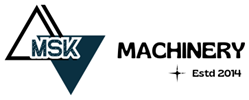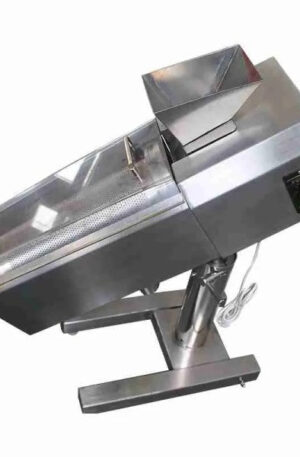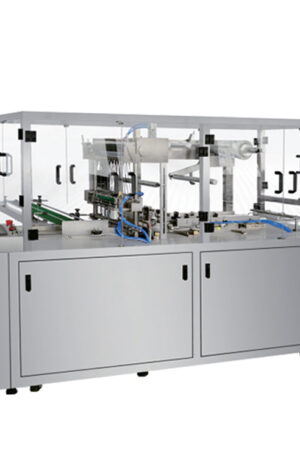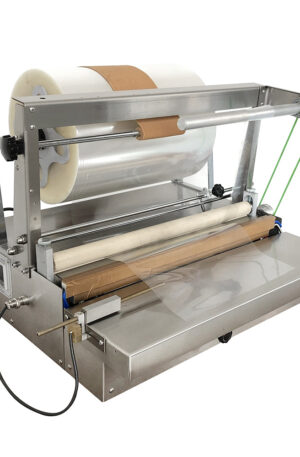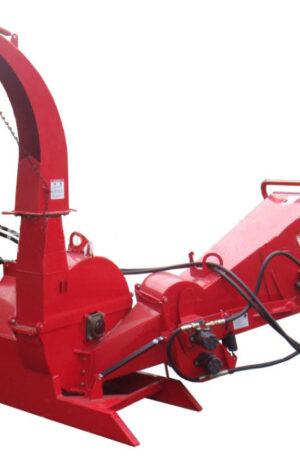Title: The Evolution of Pharmaceutical Machinery: Revolutionizing Drug Production
In the pharmaceutical industry, advancements in technology have significantly impacted the way drugs are manufactured. One of the key innovations that have revolutionized drug production is the development of pharmaceutical machinery. From the early table press machines to modern capsule filling machines, the evolution of pharmaceutical machinery has transformed the efficiency and precision of drug manufacturing processes.
Table press machines, also known as tablet presses, were among the first pharmaceutical machinery used for drug production. These machines were essential for compressing powdered ingredients into solid tablets of specific shapes and sizes. The introduction of table press machines marked a significant shift from manual labor to automated production, increasing the speed and accuracy of tablet manufacturing.
As demand for more complex drug formulations grew, the pharmaceutical industry saw the need for advanced machinery that could handle diverse drug delivery systems. This led to the development of capsule filling machines, which allowed for the encapsulation of powdered or liquid drugs into gelatin or vegetarian capsules. These machines provided pharmaceutical companies with the flexibility to produce a wide range of drug dosage forms efficiently and precisely.
One of the key developments in pharmaceutical machinery is the introduction of the TDP (Tablet Press Machine) and THDP (Double Rotary Tablet Press) models. The TDP models are single-punch tablet press machines that are widely used for small-scale production of tablets in pharmaceutical, food, and chemical industries. These machines are known for their simplicity, reliability, and ease of operation, making them popular choices for manufacturers producing small batches of tablets.
On the other hand, the THDP models represent a more advanced version of tablet press machines, featuring double rotary technology that increases the production capacity and efficiency of tablet manufacturing. The THDP models are ideal for large-scale production of tablets, offering high-speed operation, precise dosage control, and low noise levels. Pharmaceutical companies rely on THDP machines to meet the demands of high-volume tablet production efficiently.
In conclusion, the evolution of pharmaceutical machinery, from table press machines to advanced TDP and THDP models, has played a crucial role in revolutionizing drug production. These machines have improved the efficiency, accuracy, and flexibility of manufacturing processes, enabling pharmaceutical companies to meet the evolving demands of the industry. As technology continues to advance, we can expect to see further innovations in pharmaceutical machinery that will shape the future of drug manufacturing.
